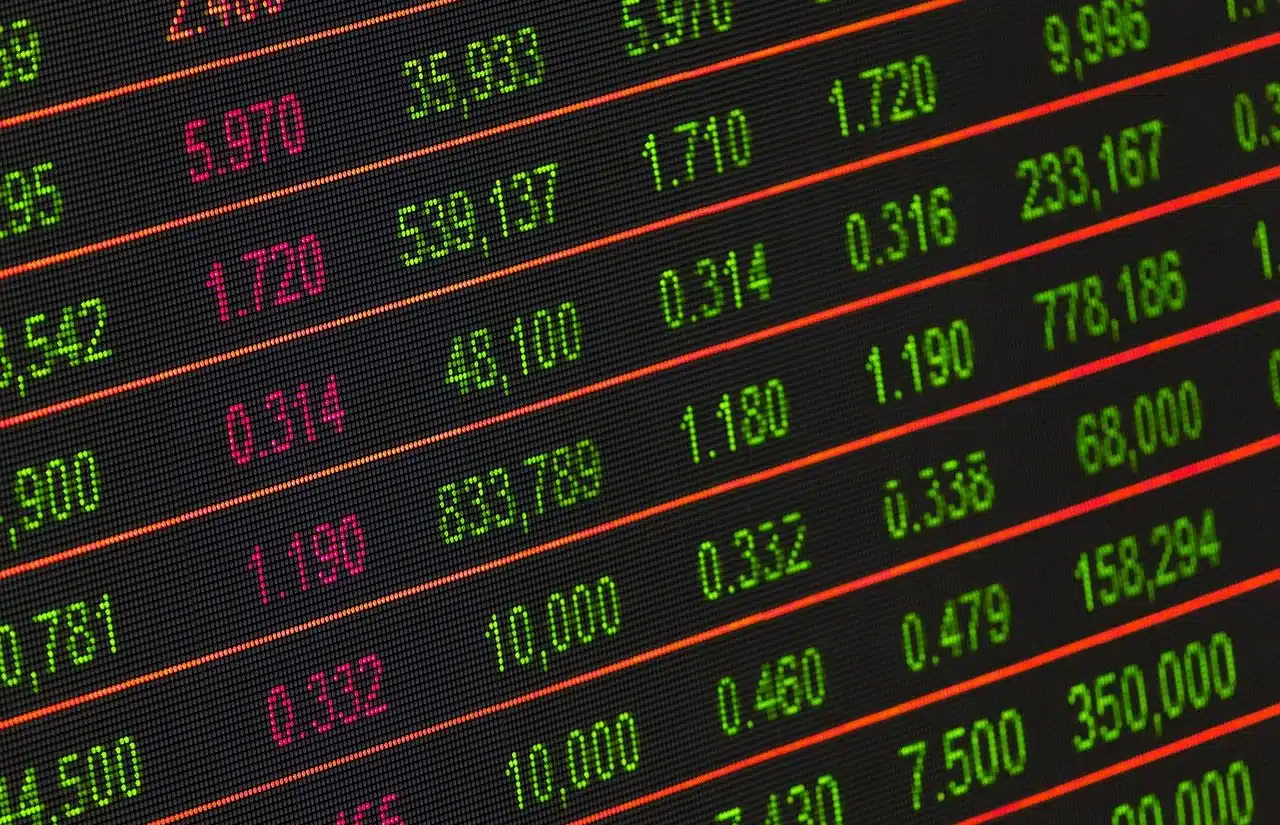
A financial market is a system where financial instruments are bought and sold.
A financial market is a system or environment where transactions in financial instruments, such as stocks, bonds, currencies, derivatives and other financial assets, take place. These markets allow participants to buy and sell these assets, which in turn facilitates the efficient allocation of capital in the economy .
The importance of financial markets lies in several aspects, such as financing, liquidity, price discovery, diversification and risk transfer, tools that companies, governments and investors take advantage of to get the most out of their investments. activities with the least possible risk.
Financial markets are fundamental to the functioning of the global economy . They facilitate capital flow, efficient resource allocation and risk management, contributing to economic growth and financial stability. Additionally, they provide investors with opportunities to grow their wealth and meet their financial goals.
History and evolution
The history and evolution of financial markets spans centuries of development, from their modest beginnings to their current global expansion, passing through crises and significant historical changes. Its origins date back to ancient times. In Mesopotamia, more than 4000 years ago , the first loan and debt transactions were documented. In ancient Greece and Rome, the first banks and lending markets were created, laying the foundation for trade and investment through primitive financial instruments.
During the Middle Ages, the commercial cities of Europe saw the rise of exchange houses and more organized financial markets. The creation of the stock exchange , like that of Amsterdam in the 17th century , marked an important milestone in the history of financial markets, by allowing the purchase and sale of company shares.
The 20th century saw significant advances in FinTech (financial technology), such as the computerization of stock exchanges and the creation of new financial products, such as derivatives. However, it was also marked by numerous crises, including the Great Depression of 1929 and the financial crisis of 2008, which had a lasting impact on the regulation and supervision of markets.
In recent decades, globalization has driven greater interconnection of financial markets. Technology has played a pivotal role in its evolution, with the emergence of online and high-frequency trading, as well as the proliferation of cryptocurrencies and blockchain technology, which have added a new dimension to the financial landscape.
Types of financial markets
Financial markets are divided into several types, each of which fulfills a specific function and meets different investment and financing needs.
Below we describe some of the most common types of financial markets:
- stock market – divided into stock market (company shares are traded, allowing investors to buy an ownership stake in a company) and bond market (bonds are bought and sold, and investors receive payments regular interest rates and the face value at maturity);
- foreign exchange market (Forex) : participants buy and sell foreign currencies. It is the largest and most liquid market in the world, and its purpose is to facilitate international trade and hedging exchange rate risks;
- derivatives market – includes products such as futures and options. Derivatives derive their value from an underlying asset, such as stocks, bonds, commodities or currencies. These instruments are used to manage risks and speculate on future price movements;
- debt market – focuses on the purchase and sale of debt instruments, such as promissory notes, corporate and government bonds, and other forms of short- and long-term debt;
- venture capital market : focuses on financing new companies and startups . Venture capital investors provide financing in exchange for equity in the company and look for high potential for growth and performance ;
- Insurance market : Although not a financial market in the traditional sense, it allows individuals and companies to transfer risks through the purchase of insurance policies.

The stock market allows transactions in stocks and bonds.
Primary and secondary market
The primary and secondary markets are two key components of the financial market that play different roles in the issuance and trading of financial assets.
The primary market is the starting point in the life of a financial asset. Companies, governments, or other entities issue new financial securities, such as stocks or bonds, to raise capital. Investors purchase these securities directly from the issuing entity, and the funds raised are used to finance projects, operations or financing needs of the issuing entity.
The secondary market is where investors buy and sell financial assets that have already been issued in the primary market. The acquisition is made from other investors, instead of the issuing entity. The primary purpose of the secondary market is to provide liquidity to investors , meaning they can buy or sell assets relatively easily and quickly.
Fixed income
Fixed income assets are debt securities issued by governments, companies or financial institutions. These represent a loan that the investor grants to the issuing entity in exchange for regular interest payments and the return of the invested capital at maturity.
Fixed income investors receive periodic interest payments , which are generally fixed, and the face value of the securities at maturity. These payments are predetermined and known in advance.
The investment is considered less risky compared to equities, as long as the issuing entity meets its obligations. The profitability of fixed income is usually more predictable and stable than that of variable income, but tends to be lower in the long term.

Variable income grants dividends as a profit, but is riskier than fixed income.
Variable income
Variable income assets are mainly company shares . Unlike fixed income, investors are not entitled to fixed interest payments or a guaranteed return of invested capital. Instead, they make profits through dividends (if distributed) and appreciation in share value.
Equities are generally riskier than fixed income, as share prices can fluctuate considerably. There is no guarantee of profits and losses are also possible. It tends to offer greater long-term return potential, but also carries significantly greater risk .
